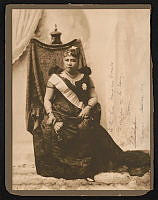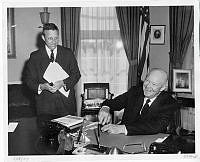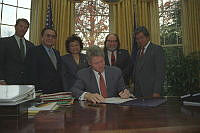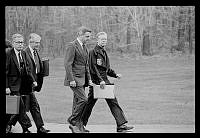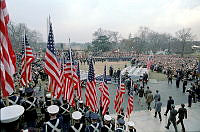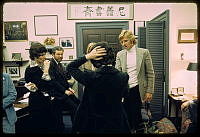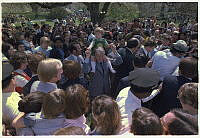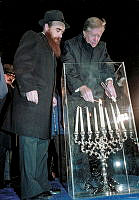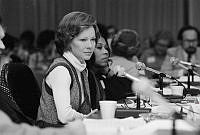Easter Egg Roll: President Hayes Saves the Day

In this photograph taken by Francis Benjamin Johnston in 1898, a boy and a girl hold hands during the annual White House Easter Egg Roll. Dating back to 1878, the Easter Egg Roll is a cherished springtime tradition in Washington, D.C., with children and their families gathering to enjoy festivities on the South Lawn. Francis Benjamin Johnston was one of the first influential female photographers in America, and became well known for her intimate photographs of the Roosevelt family, White House, and Washington society.
Library of CongressIn 1878, Easter Monday celebrants who were not allowed to roll eggs on the grounds of the U.S. Capitol headed up Pennsylvania Avenue to the White House. The children knew about the low hills on the South Lawn, and hoped their egg rolling games would be permitted there. President Rutherford B. Hayes instructed his guards to let the youngsters through the gates. It proved to be a very popular change of venue. By Easter Monday 1880, an article in the Evening Star reported that eager egg rollers had taken "absolute possession of the grounds south of the White House."

This is a photograph taken by Frances Benjamin Johnston showing the crowds gathered on the South Lawn for the White House Easter Egg Roll. Dating back to 1878, the Easter Egg Roll is a cherished springtime tradition in Washington, D.C., with children and their families gathering to enjoy festivities on the South Lawn. Francis Benjamin Johnston was one of the first influential female photographers in America, and she is well known for her intimate photographs of the Roosevelt family, White House, and Washington society.
Library of Congress












